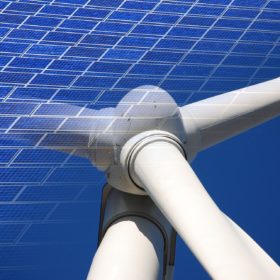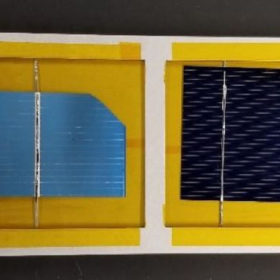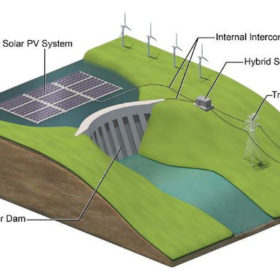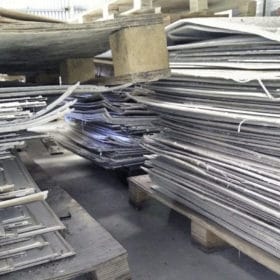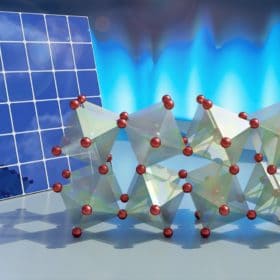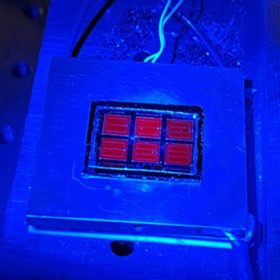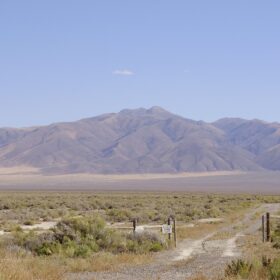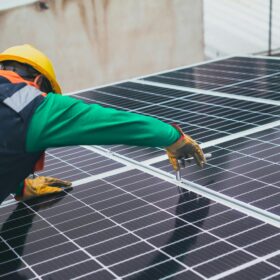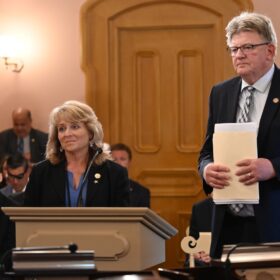Can renewables curtailment be rethought as a good thing?
While curtailing solar and wind energy production can be viewed as a lost opportunity, NREL argues that it may be an important feature in the future energy grid dominated by low-cost renewable energy.
US and Australia sign energy agreements to mitigate over-reliance on China
Speaking at the Sydney Energy Forum, leaders from the United States and Australia have highlighted the importance of not only transitioning to renewables, but of ensuring the supply chains used to make the technologies do not remain as concentrated as they are today.
Role of UV in solar cell degradation
US scientists have tested a range of modern cell designs under strong ultraviolet light and have found that many of them, including p-type PERC and n-type heterojunction cells, are more susceptible to degradation than older back surface field designs. They noted that the rear side of bifacial cells may be particularly vulnerable.
Hybridizing floating solar with hydropower
Scientists from the National Renewable Energy Laboratory (NREL) have said that the combination of floating solar with hydropower could reduce PV curtailment.
People on the Move: NREL, Ameren, NETA, and more
Job moves in solar, storage, cleantech, utilities, and energy transition finance.
It takes more than recycling to establish a circular clean economy, says NREL
Designing renewable hardware to last longer and using fewer materials to construct it can work to bolster recycling efforts in building an effective circular economy for solar and battery technologies, according to NREL research.
Tin-lead perovskite solar cell achieves 25.5% efficiency, improved stability
The National Renewable Energy Laboratory developed a tandem perovskite solar cell that tackles problems with stability and boosts efficiency.
Enphase Energy expands battery storage deployment in Puerto Rico
IQ microinverters and batteries help residents of Puerto Rico avoid high electricity costs and frequent grid outages.
People on the Move: NREL, IHI Power Services, SOO Green HVDC Link, and more
Job moves in solar, storage, cleantech, utilities, and energy transition finance.
New record for solar cell efficiency – 39.5% – built upon quantum wells
Using highly specialized materials that capture electrons in quantum wells, NREL set a new solar cell efficiency record.
